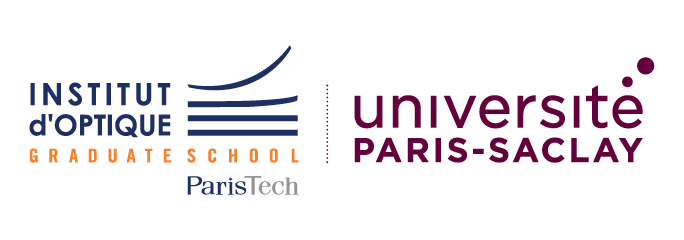PhD offer in Nonlinear Optical Microscopy
- Recherche
- Thèse et post-doc
- Établissement Talence
- Imagerie innovante et biologie quantitative
Photonics Numerical and Nanosciences Laboratory (LP2N) -
https://www.lp2n.institutoptique.fr/ IOGS - CNRS - University of Bordeaux,
1 rue François Mitterrand, 33400 Talence
Context
The mechanical properties of biological systems play a complex role in determining the physiological functions of tissues and appear to be dominant factors in many processes of development, homeostasis and pathology. Interestingly, tissues with properties as different as bone, skin or tendon are mainly composed of the same elementary units. Hence, their specific mechanical properties are directly linked to their sub-microscopic organisation. Nowadays, understanding the structure/function link in connective tissues faces the challenge of probing the multiple scales involved in constructing macroscopic properties from individual structures in highly complex samples. Indeed, standard techniques remains either invasive, limited to the surface, or not sufficiently resolving. The advent of multiphoton microscopy, based on the nonlinear interaction between laser pulses and the constituents of biological samples, has revolutionised the way we observe living organisms. Notably, Second Harmonic Generation (SHG) microscopy has recently emerged as the gold standard for collagen imaging in thick samples, enabling label-free visualization of fibrillar distribution with high intrinsic specificity and sub-micron resolution.
Objective
In this context, the aim of the research project is to implement a multimodal imaging platform, compatible with simultaneous mechanical assay, to probe the multiscale morpho-mechanical properties of connective tissues. The first step, which is the objective of this Master project, is to set up a state-of-the art SHG microscope. Upon operational, this instrument will be validated on mouse vocal folds by probing and quantifying collagen architecture in the different layers, from epithelium to the vocalis muscle, through the lamina propria. As a proof-of-concept, monitoring fine changes after laser-induced lesions will demonstrate the potential of this method to characterize local alteration of the tissue at microscopic scale.
Environment -
This project will take place in the Nano-BioMicroscopy team at LP2N (Institut d’Optique d’Aquitaine). The team works at the crossroads between nanoscience, optics and bio-imaging to design and study innovative nanostructures and to investigate complex biological system at the nanoscale. In particular, the group has a well-known expertise in infrared imaging, super-resolution microscopy and single particle tracking.
Candidate -
This project is largely experimental and involves aspects of nonlinear microscopy (femtosecond laser alignment, image acquisition), data analysis (ImageJ /Python/ Matlab) and basic tissue preparation. We are seeking for candidate with a background in physics/experimental optics and a strong motivation to work in an interdisciplinary environment. Notion in microscopy, programming (Python) and image/signal processing would be an asset.
To apply, please send a CV, a motivation letter, your transcripts, and at least one reference letter to Stéphane Bancelin (stephane.bancelin@cnrs.fr). Possibility to continue the project during a PhD with a secured ANR funding (project ‘’HaBIm’’) to implement and validate the complementary imaging modalities (Brillouin and Raman).
